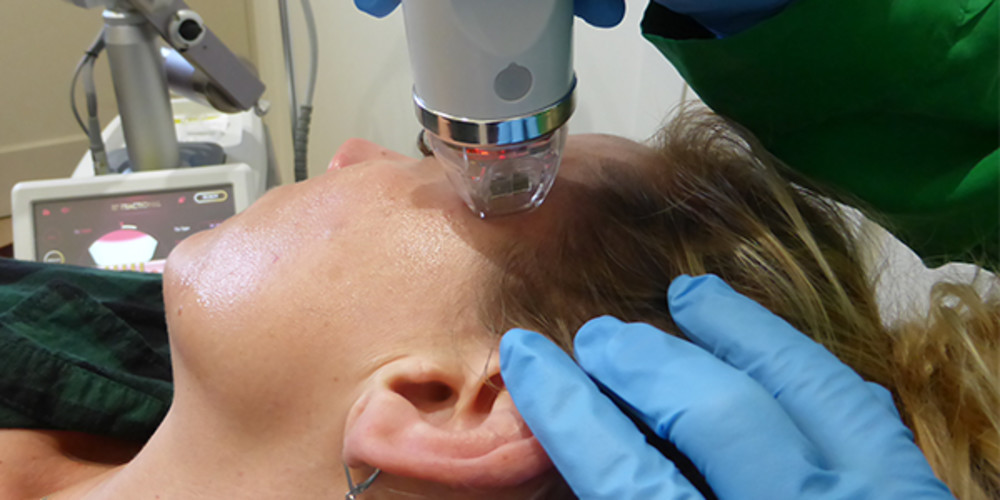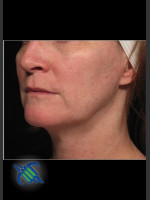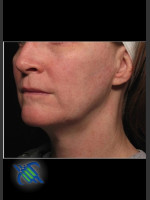RF Microneedling Procedure: What is Radiofrequency Microneedling?

By Jordan V. Wang, MD, MBE
In recent years, we have witnessed a rise in aesthetic procedures as consumers search for more ways to look and stay younger. Innovation in the field has skyrocketed. Newer medical devices and techniques have continued to push the limits of what was before thought to be impossible. The technology and skills that we now possess today, have allowed us to push the frontier farther outwards in medical aesthetics.
Microneedling has become a trendy procedure quickly growing in popularity. It takes advantage of the body’s natural healing processes in order to decrease fine lines and wrinkles, smooth out and firm skin texture, reduce minor scars and stretch marks, and even out skin tones and discoloration. Using this technique to naturally increase the production of collagen in skin has led to quite noticeable results over time for patients.
Recently, the use of radiofrequency, or RF, has been combined with microneedling, which is termed RF microneedling. Both of these techniques are thought to act synergistically to produce significantly enhanced results. For several years, RF has been safely used in aesthetics as a method to stimulate collagen regeneration deeper in the skin than microneedling can allow. This can effectively add more volume to the skin.
The science behind RF microneedling has converted many loyal followers. Microneedling creates micro perforations in the superficial skin that will subsequently heal with newly formed collagen. As these tiny needles penetrate the skin, short bursts of RF energy are then discharged, causing thermal damage deeper down that serves to similarly stimulate the production of collagen. By combining both techniques, we can now generate even deeper effects on collagen in addition to having the resurfacing ability of microneedling. This has led to profound results, especially for the treatment of scars, stretch marks, and skin tightening.
The actual RF microneedling procedure is well-tolerated by most patients. A topical anesthetic, or numbing cream, is applied to the skin surface beforehand. Patients can expect to feel a generalized sense of pressure during the procedure, while most patients experience no pain at all. After the short procedure, there will be redness of the treated area for 1-2 days with small brown dots where the tiny needles have entered that will heal in an additional day. The limited downtime is a defining feature of this procedure. Visible results may take 3-4 weeks, while the best results will require a few successive treatments following this time period.
New technology has continued to push the boundaries in aesthetics. RF microneedling is offering profound results to patients with minimal downtime. This procedure is expected to gain in popularity in the near future as both practitioners and patients continue to witness the results that can be achieved.


